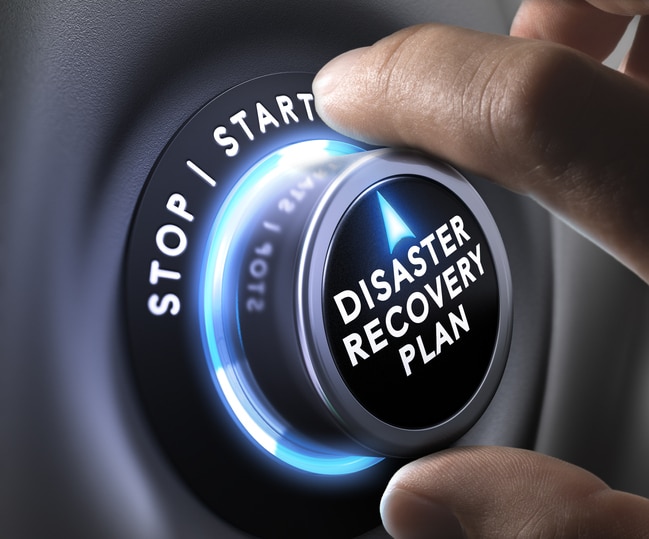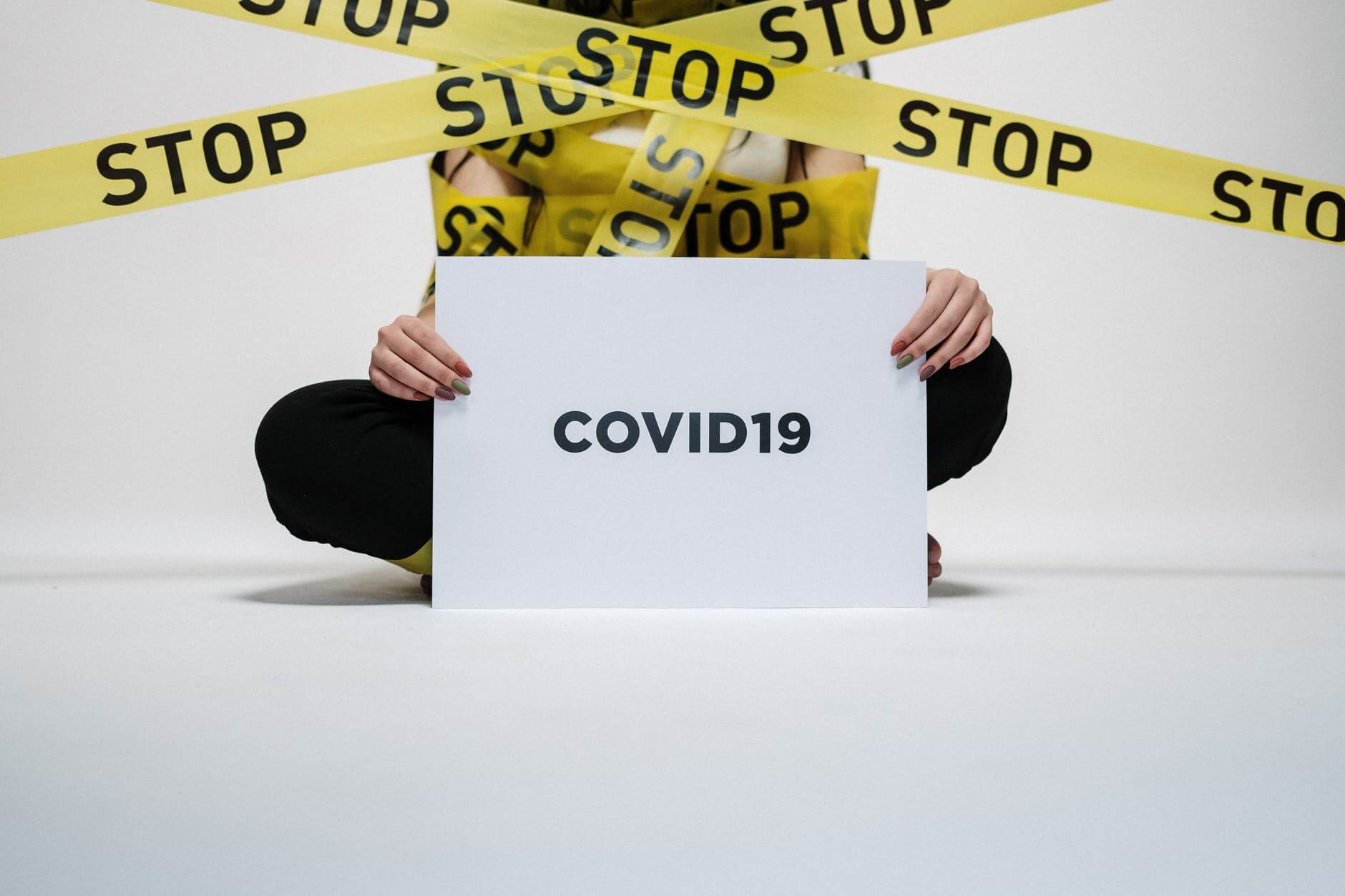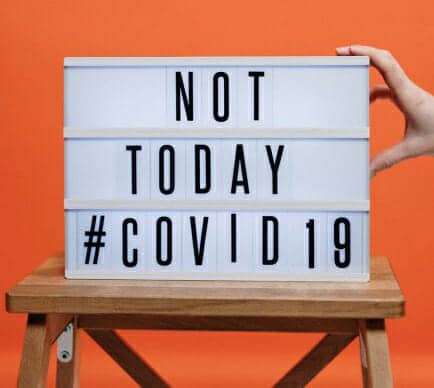
As the UK closes its third week of the Coronavirus crisis, I am still getting used to the short commute downstairs in the morning, and what-feels-like hundreds of video calls each day. But what does this unprecedented state of limbo mean for brands? Plough on regardless or pause everything? The truth is there is no one-size-fits-all, and over the last few weeks, we’ve been busy advising our valuable clients on the best strategies to navigate these choppy waters. Get it right, and what you do now could define your brand for the next 10 years. To help us all in our strategic counsel, Prohibition’s Insights Team have been keeping a keen eye on the global response of brands, the needs of journalists, and digging deep into the consumer data, thanks to Global Web Index, to find out exactly what the stay-at-home populous want from brands, and here, we’ve summed up some of the key trends.

Where are we at in the crisis process?
The above model is a simplified crisis flow, which can be applied to the current COVID-19 outbreak. Currently, we believe most businesses are moving through the crisis phase, towards recovery. Clearly, recovery is when more robust and strategic marketing planning can start to take place, but it is important to glean as much information and data as possible now, to help you understand how the landscape – and needs of your customers – will change.
Whilst in the crisis phase, marketing planning is typically being reviewed and adapted weekly or even daily. For many, the main focus in crisis phase is reassuring customers, staff and stakeholders, and delivering brand-awareness (rather than sales-focused) hub and hygiene activity, focused on the shared sentiment of the moment.
What is the media sentiment?
If you’ve picked up a newspaper or read a news website in the last few days, you’ll understand that the general media sentiment around Coronavirus is panic, with the virus dominating. However, my team has been busy speaking to news editors on the national press, and there is a desire for an alternative narrative; one that brands – with the right approach – can fill.
In fact, the media are requesting uplifting and positive news stories, anything negative or overtly Corona-related is unlikely to get coverage. Light-hearted, quirky news stories from brands are going to get cut-through and perform much stronger than trying to force a link between Corona and your product.
What you need to bear in mind:
Do not try to force the outbreak into a story, journalists have seen lots of this and have commented on how inappropriate it is.
- Many journalists are going super-local and community-focused. They are looking at everyday people – or businesses – doing extraordinary things to help the national crisis.
- Journalists are looking for stories, so tread carefully with your campaign but don’t be afraid to launch it – unless it’s totally inappropriate.
- A positive campaign will perform much better than anything negative, ideally tapping into the current mood.
- Surprisingly, there is a significant demand for travel content, content that can help and assist businesses who are working remotely in terms of upskilling and training, as well as advice-led pieces on protecting mental health and guides on things to do in self-isolation etc.
How are brands reacting?
Having done a quick audit of the national and international marketing press, there is an overall sentiment that brands are steering well clear of Coronavirus.
However, we are not sure that’s quite right and in the last week especially, we have started to see certain clear trends emerging. Supporting this is the data suggesting 61% of UK consumers believe that brands’ role in the Coronavirus crisis is to provide fact-checked content to help people cope with the outbreak, and 50% believe brands should be helping neighbours and local communities to connect with each other.
From my team’s analysis, we’ve seen brand sentiment dominated by three main themes, which we’re calling;
- Good vibes/positivity
- Goodwill and CSR
- The new normal brands are generally not actively selling (even when they are selling, like the supermarkets). Instead, they’re maintaining brand awareness through positive actions and sentiment.
Good vibes only
Bloom and Wild is sharing content and uplifting experiences via emails and social media posts to make people smile.
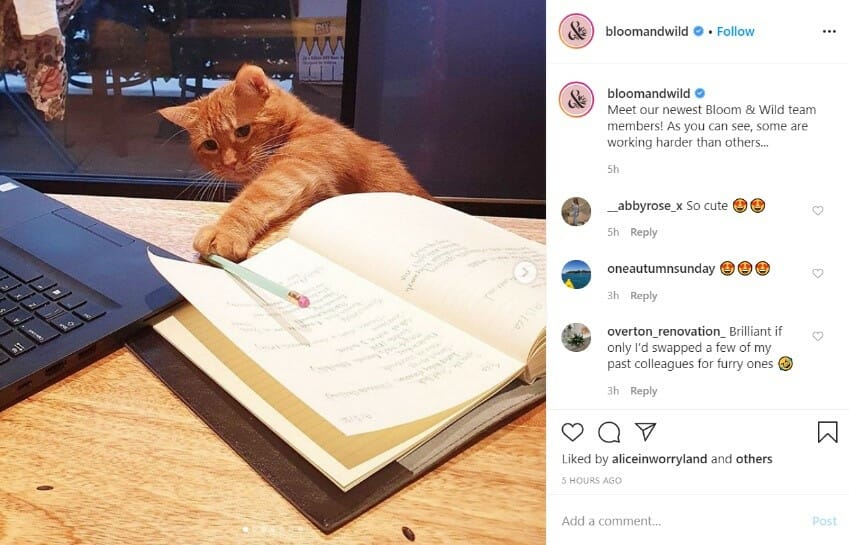
Lulu Guinness is asking followers to share acts of kindness on Instagram that are being carried out in local communities. The brand will also select two nominees each week to win a bag of their choice.
Goodwill and CSR
BrewDog’s founder, James Watt, announced on social media that the company had started producing sanitiser to help with shortages as has a friend of mine that has his own Gin distillery.
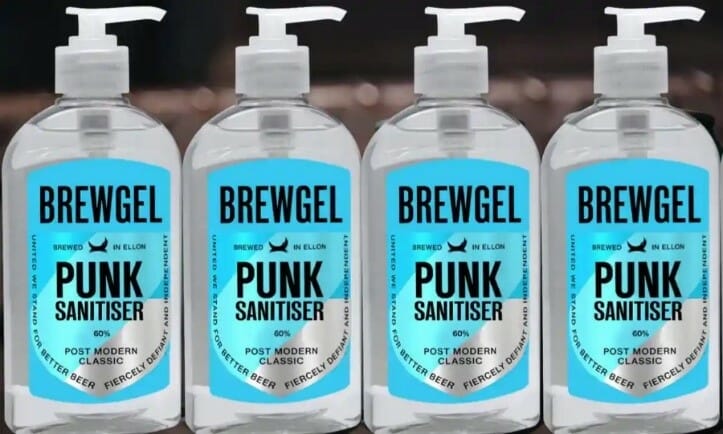
Kurt Geiger has asked its 2,500 strong workforce to help support their local communities whilst they are off work and receiving full pay. In partnership with Age UK, it has launched a neighbourly volunteering scheme and has asked all of its employees to spend some of the time they are not working to volunteer with Age UK in their local communities.
The new normal
Before lockdown, Lush was inviting people into its shops to wash their hands for free to help prevent the spread of coronavirus in the UK.
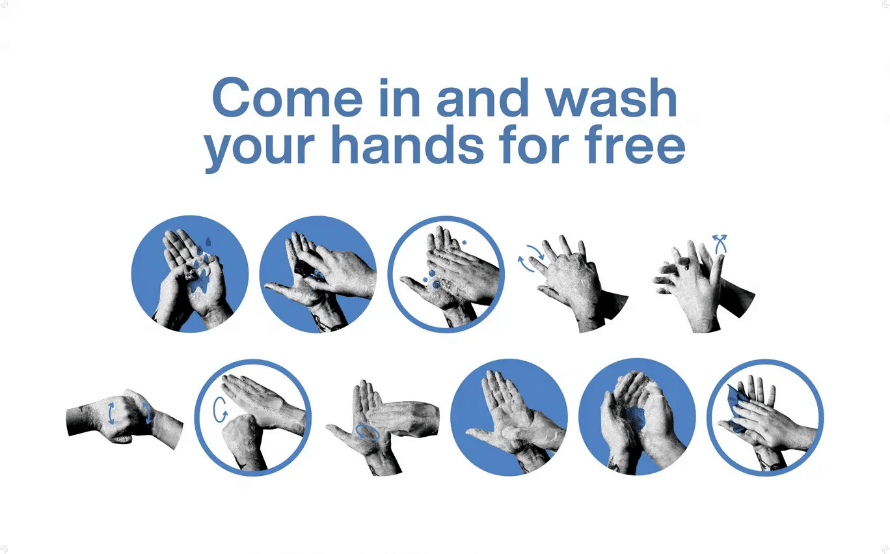
The pandemic has seen many UK gym’s and sports brands going digital. Gymshark is offering free workouts on its app and Instagram – many of which need minimal equipment, or use household objects, such as a chair – keeping the country feeling fit and healthy.
The bad
However, any content marketing during this period is a delicate balance, and getting it wrong can risk the ire of customers, media and investors, as Sports Direct boss Mike Ashley found out when he insisted his stores were providing an ‘essential service’, before allegedly hiking prices. Unsurprisingly, this led to a backlash from employees and the media. Ashley admitted his request was ‘ill-judged and poorly timed’.
Finally, what is the consumer sentiment?
Finally, and perhaps most important of all is the sentiment of consumers. Specifically, what do they want from brands at this time?
Consulting the data, we know that 60% of consumers are expecting Covid-19 to have some sort of impact on their household finances, so it’s no wonder the buying cycle has changed.
Interestingly, 37% of UK consumers felt brands should continue to advertise as normal during the crisis, while 34% had no feelings on the matter.
Meanwhile, 38% of consumers in the UK are delaying purchasing holidays – unsurprisingly – and many other industries are affected by similar delays. Note, however, consumers aren’t ruling out these purchases altogether and 41% plan to purchase when the pandemic is decreasing or over.
Whilst in lockdown consumers have been trying to turn off from social media, radio and newspapers and choosing to spend more time socialising with family and friends, but they do admit to still spending a considerable amount of time on their smartphone. Due to the daily briefings, the majority of the UK has upped their time spent watching the news – while in-home media consumption – from social media to websites and streaming – sees significant increases across the board.
Getting your brand in front of your audience may be harder than usual but it’s not impossible, providing you tap into the current sentiment.
What does this all mean?
Just a few months ago we would advise clients that a social media marketing strategy that is older than a year means you don’t have a strategy. However, in just a few weeks that has changed, and we now need to be looking at monthly or even weekly strategies as the economy, and Government policy, shifts.
Understanding your customers is key, and providing value – not selling products – should be your focus. Prepare, research and strengthen, so that your marketing is sharper, more effective and more focused for when we do hit recovery – and eventually the ‘new normal’. Capture the sentiment of the time and you could be remembered for years to come.
Chris Norton is the founder of Prohibition and an award winning communications consultant with more than twenty years’ experience. He was a lecturer at Leeds Beckett University and has had a varied PR career having worked both in-house and in a number of large consultancies. He is an Integrated PR and social media blogger and writes on a wide variety of blogs across a huge amount of topics from digital marketing, social media marketing right through to technology and crisis management.

